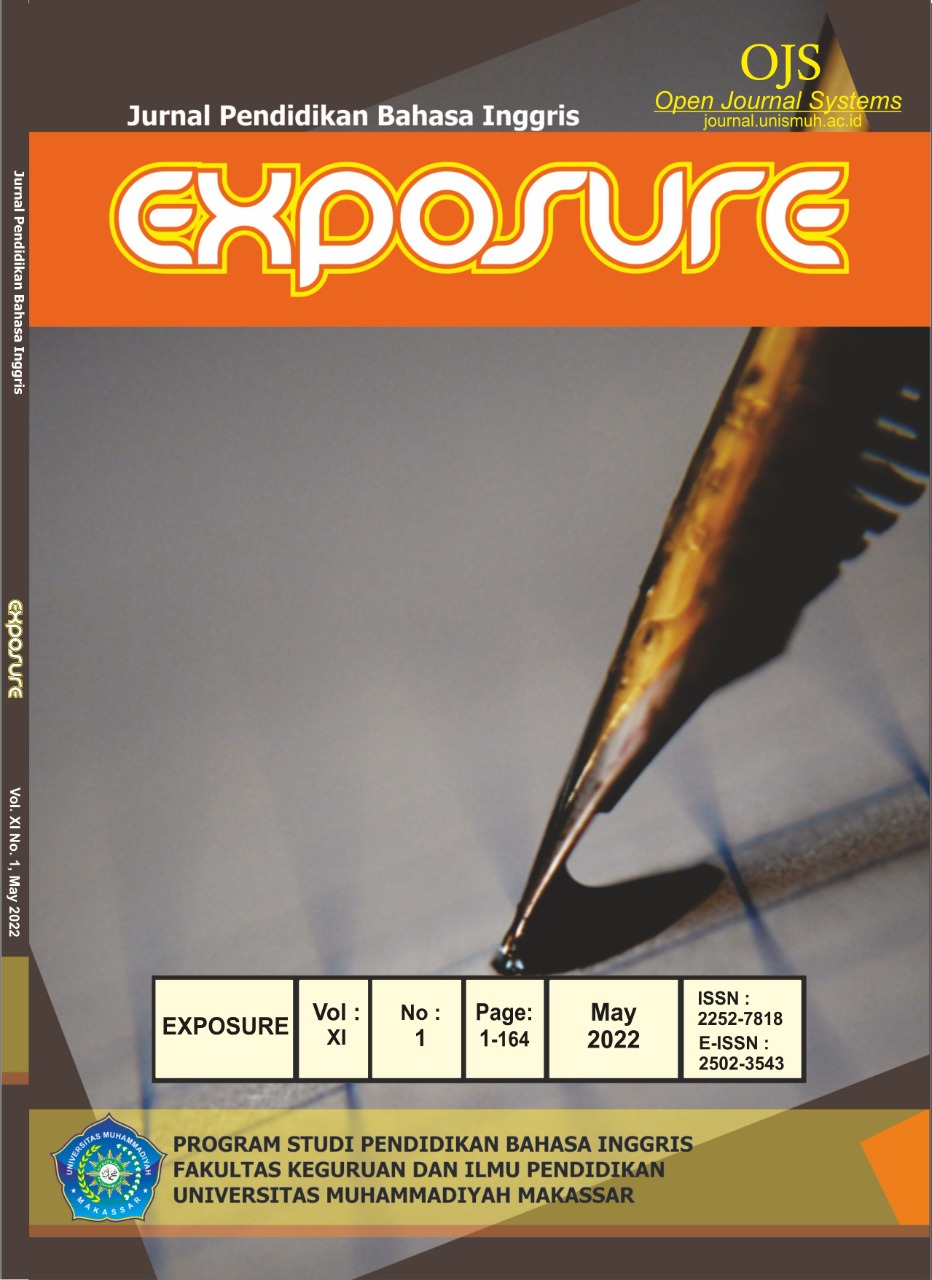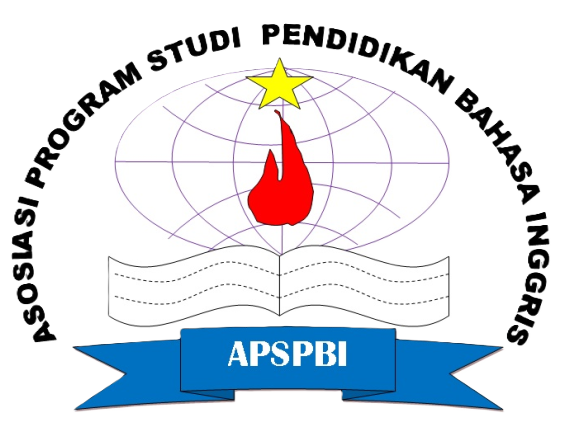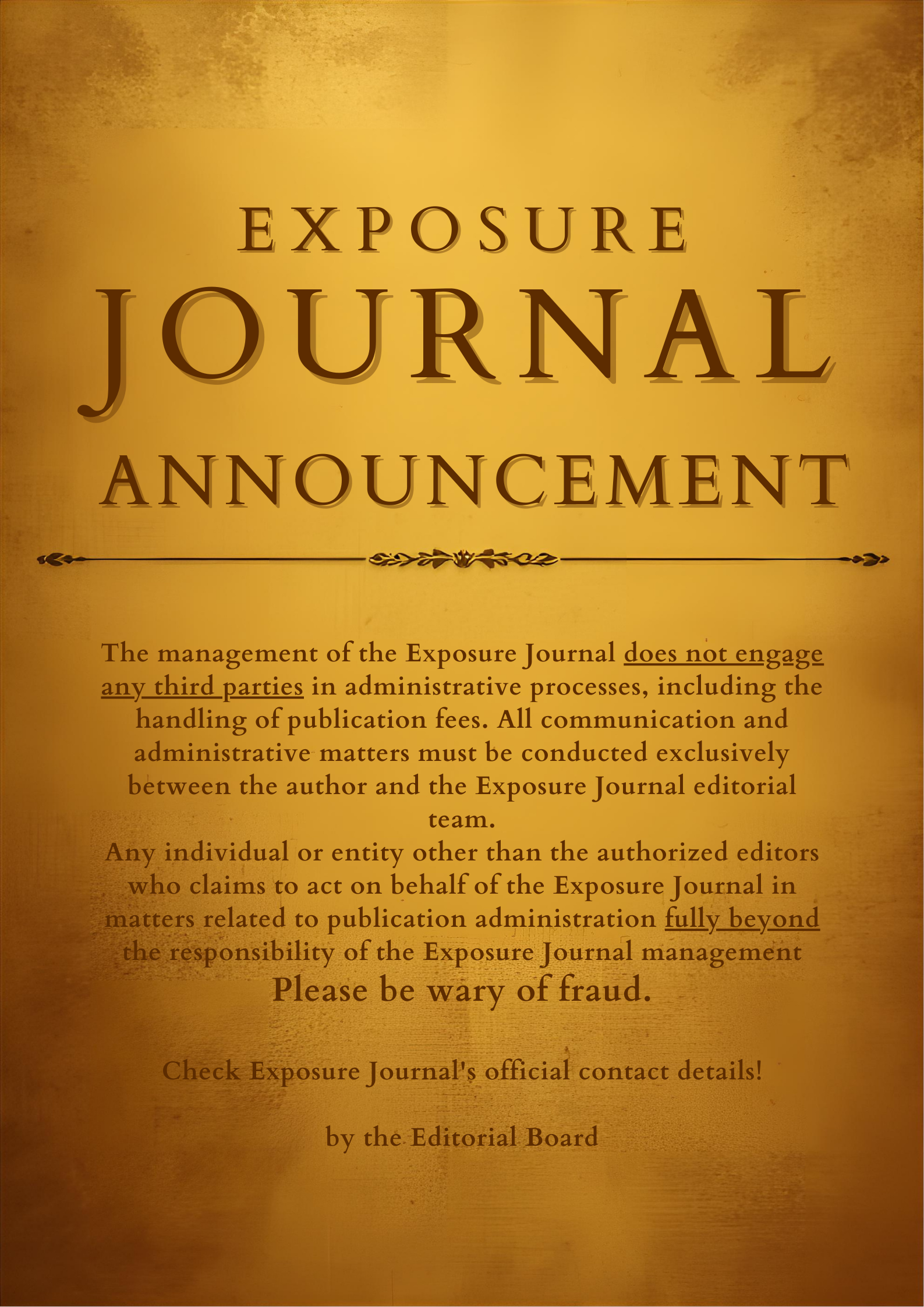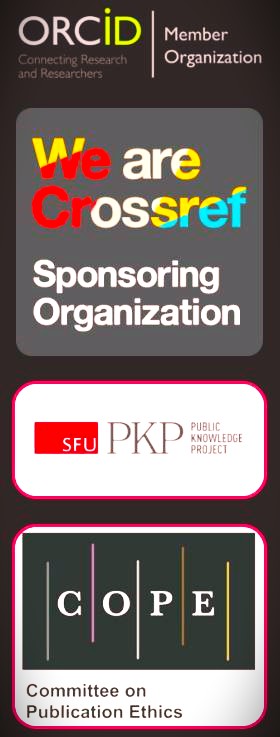AN IN-DEPTH ANALYSIS ON ERRORS OF INDONESIAN STUDENTS WITH LOW PROFICIENT LEVEL IN PRONOUNCING CONSONANT ENGLISH PHONEMES
DOI: https://doi.org/10.26618/exposure.v11i1.7455
error, pronunciation, consonant phonemes, sound
Abstract
This study aims to determine the pronunciation errors of phonemes produced by students of Muhammadiyah University of Bulukumba. This study applies a qualitative paradigm. The subjects of this study were second semester students of the Department of English Education with low proficiency levels at the University of Muhammadiyah Bulukumba. Students were asked to pronounce 24 consonant sounds at the beginning, middle, and end of the word to find the data. Students' pronunciation was then phonologically analyzed based on the classification of pronunciation errors found by Moulton, W. G. (1962).The results shows that errors in the pronunciation of English consonants are found in stop voicess, fricative, africative, nasal and semi-vowel consonants. The types of errors in the pronunciation of consonant phonemes are allophones, phonemics and phonetics errors. Allophone error is found in the stop voiceless consonants /p/, /t/, and /k/ which were found at the beginning of the syllable. Phonemic and phonetic errors are found in the pronunciation of voiced /v/, voiced /z/, voiceless /θ/, voiced /ð/, and voiceless /ʃ/. The same error is also found in voiceless /ʃ/ which was pronounced without using the sound /h/, as well as phonetic errors that was pronounced using the sound /t/. Phonetic errors are also found in the pronunciation of fricative sounds /tʃ/ and /dᴣ/, nasal /ƞ/ and semi vowel sounds /j/ which were pronounced not in accordance with the actual sound, thus other meaningless sounds are formed.
References
Abushihab, I. (2014). An analysis of grammatical errors in writing made by Turkish learners of English as a foreign language. International Journal of Linguistics, 6(4), 213.
Al-Badawi, K. (2012). An analysis of phonetic, morphological and syntactic errors in English: A case study of Saudi BA students at
King Khalid University. International Journal of Social Science and Humanity, 2(6), 536.
Amara, N. (2015). Errors correction in foreign language teaching. The Online Journal of New Horizons in Education, 5(3), 58-68.
Brown, H. D. (2000). Principles of language learning and teaching (Vol. 4). New York: longman.
Çimenli, B. (2015). On pronunciation teaching and semiotics. Procedia-Social and Behavioral Sciences, 199, 634-640.
Crystal, D. (1980). A first dictionary of linguistics and phonetics. Westview Press.
Ellis, R. (1997). SLA research and language teaching. Oxford University Press, 198 Madison Avenue, New York, NY 10016-4314
Gay, L. R. (2006).Educational Research. Columbus, Toronto, London, Sydney: Charles E Merrill publishing Co. A Bell & Howell Company.
Gayo, H., & Widodo, P. (2018). An analysis of morphological and syntactical errors on the English writing of junior high school Indonesian students. International Journal of Learning, Teaching and Educational Research, 17(4), 58-70.
Hyman, L. M. (1975). Phonology: theory and analysis (Vol. 10). Harcourt College Pub.
Hutchinson, T., & Waters, A. (1987). English for specific purposes. Cambridge university press.
Jackson, H. (1982). Ana,lyzing English: an introduction to descriptive linguistics. Pergamon Press.
Kurniati, E. (2016). Teaching Pronunciation by Using Games and Audio Visual Media. Proceedings of ISELT FBS Universitas Negeri Padang, 4(1), 237-245.
Macalister, J., & Nation, I. P. (2010). Language curriculum design. Routledge.
Moulton, W. G. (1962). Toward a classification of pronunciation errors. The Modern Language Journal, 46(3), 101-109.
Nurullayevna, S. N. (2020). The key of effective communication is pronunciation. European Journal of Humanities and Educational Advancements, 1(4), 5-7.
Richards, J. C. (1985). The context of language teaching (Vol. 3). Cambridge University Press.
Roach, P. (1983). English phonetics and phonology: A practical course. Cambridge University Press.
Saville-Troike, M., & Barto, K. (2017). Introducing second language acquisition. Cambridge University Press.
Downloads
Additional Files
Published
How to Cite
Issue
Section
License
Authors who publish with this journal agree to the following terms:
In order to assure the highest standards for published articles, a peer review policy is applied. In pursue of the compliance with academic standards, all parties involved in the publishing process (the authors, the editors and the editorial board and the reviewers) agree to meet the responsibilities stated below in accordance to the Journal publication ethics and malpractice statement.
Duties of Authors:
- The author(s) warrant that the submitted article is an original work, which has not been previously published, and that they have obtained an agreement from any co-author(s) prior to the manuscript’s submission;
- The author(s) should not submit articles describing essentially the same research to more than one journal;
- The authors(s) make certain that the manuscript meets the terms of the Manuscript Submission Guideline regarding appropriate academic citation and that no copyright infringement occurs;
- The authors(s) should inform the editors about any conflict of interests and report any errors they subsequently, discover in their manuscript.
Duties of Editors and the Editorial Board:
- The editors, together with the editorial board, are responsible for deciding upon the publication or rejection of the submitted manuscripts based only on their originality, significance, and relevance to the domains of the journal;
- The editors evaluate the manuscripts compliance with academic criteria, the domains of the journal and the guidelines;
- The editors must at all times respect the confidentiality of any information pertaining to the submitted manuscripts;
- The editors assign the review of each manuscript to two reviewers chosen according to their domains of expertise. The editors must take into account any conflict of interest reported by the authors and the reviewers.
- The editors must ensure that the comments and recommendations of the reviewers are sent to the author(s) in due time and that the manuscripts are returned to the editors, who take the final decision to publish them or not.
Authors are permitted and encouraged to post online a pre-publication manuscript (but not the Publisher’s final formatted PDF version of the Work) in institutional repositories or on their Websites prior to and during the submission process, as it can lead to productive exchanges, as well as earlier and greater citation of published work (see The Effect of Open Access). Any such posting made before acceptance and publication of the Work shall be updated upon publication to include a reference to the Publisher-assigned DOI (Digital Object Identifier) and a link to the online abstract for the final published Work in the Journal.














